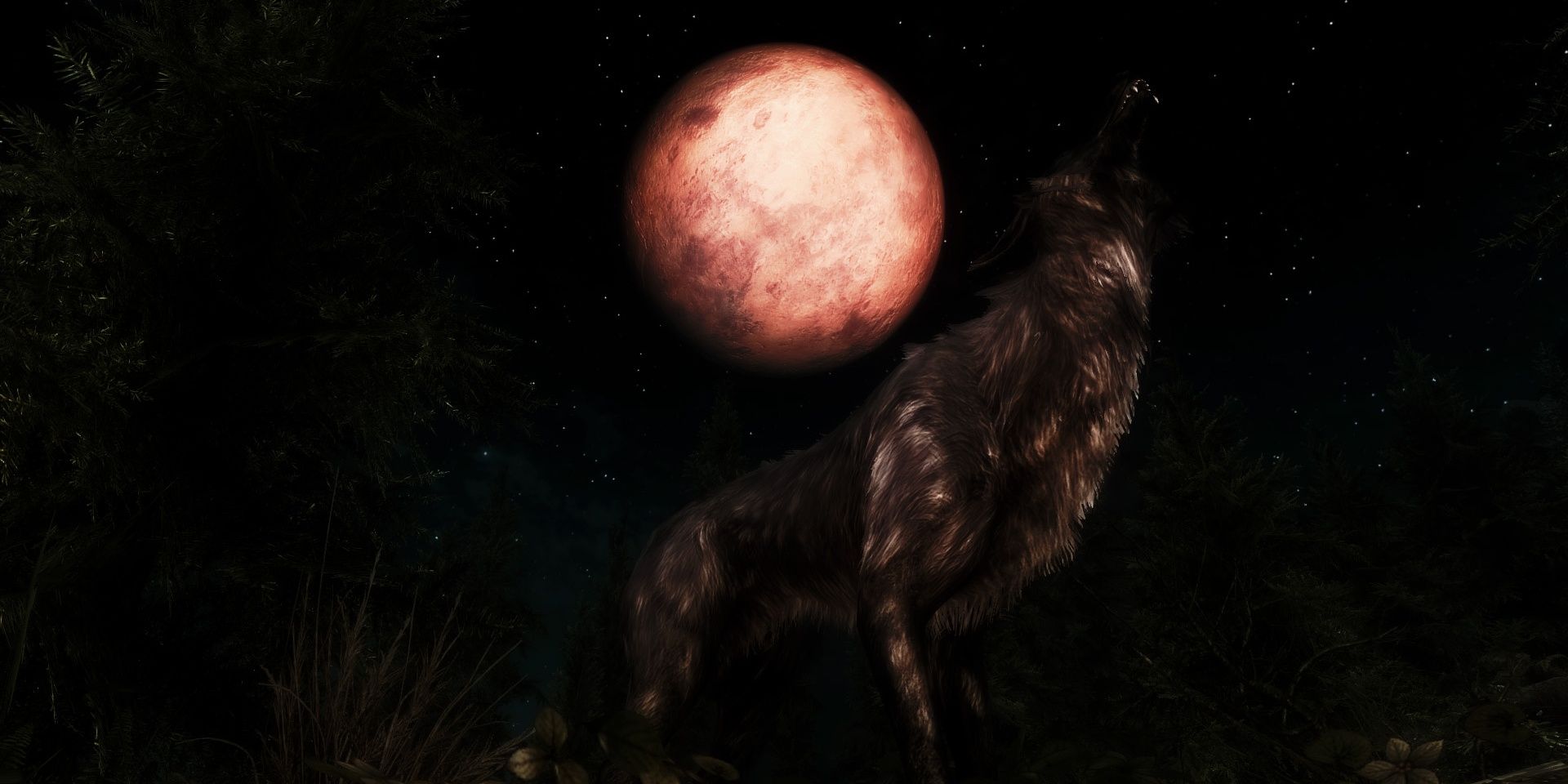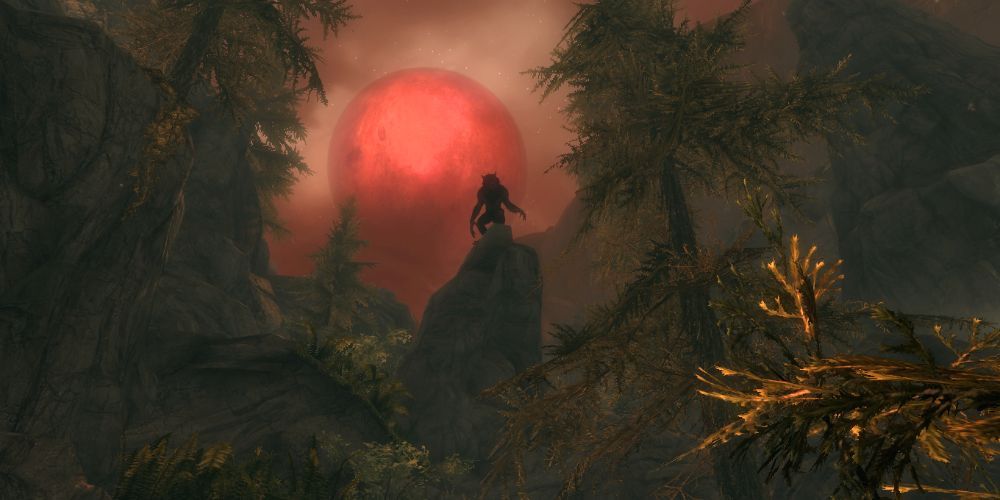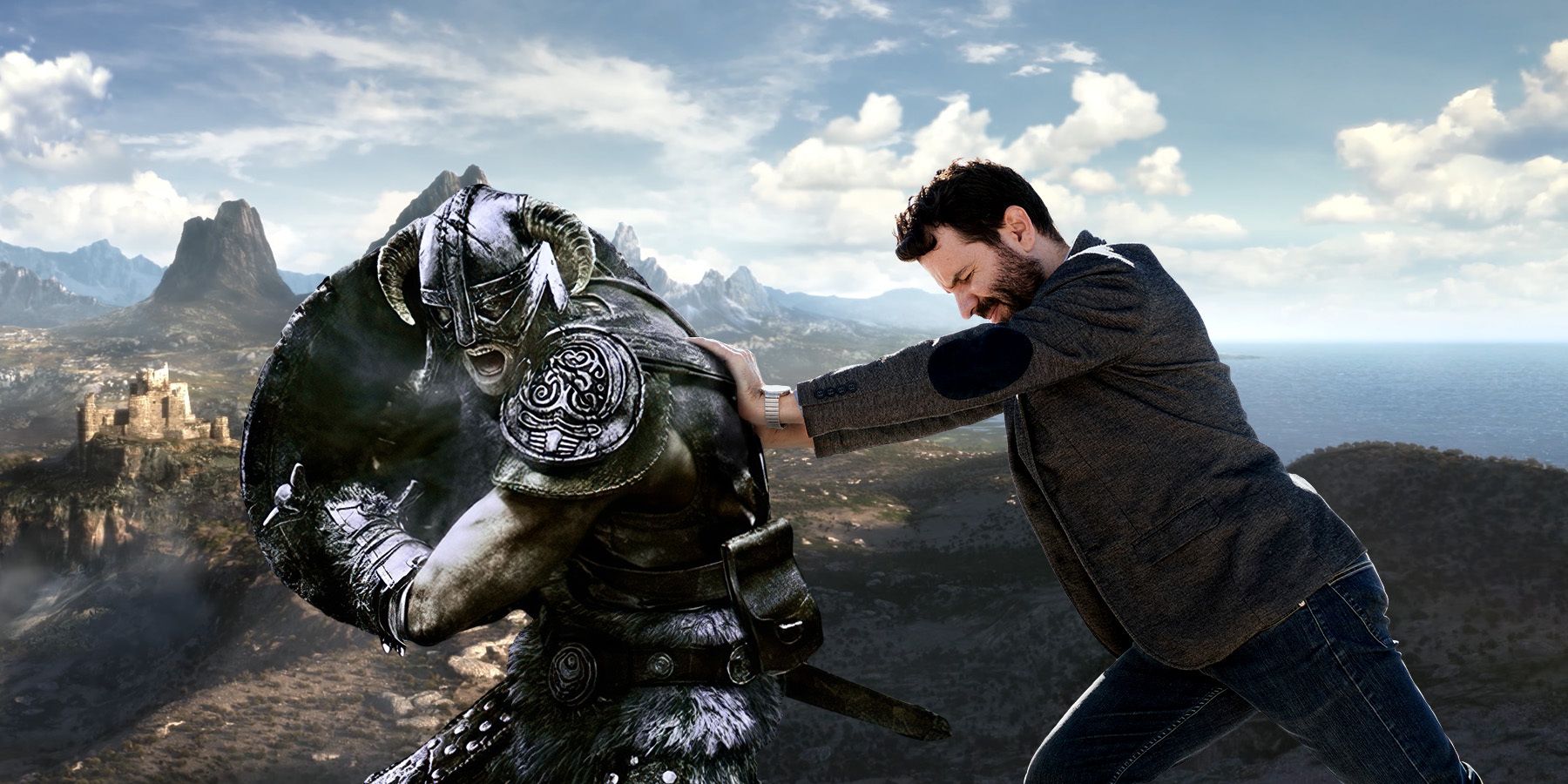
The Untold Secrets of Hammerfell: How The Elder Scrolls' Werewolf Lore Will Shape TES6

Discover the untapped potential of werewolves in The Elder Scrolls 6 as Hammerfell's unique Redguard culture promises to bring a fresh and captivating twist to their lore
Werewolves in The Elder Scrolls are the most common type of werebeast and can be found throughout Tamriel due to the influence of Hircine, the Daedric Prince of the Hunt. Known for their immense strength, werewolves are significantly more powerful than regular individuals in their wolf form and often struggle to control themselves when transformed. In Skyrim, one can become a werewolf by joining the Companions and completing a secretive ritual; however, there are alternative methods to acquire lycanthropy, and attitudes towards werewolves may vary in different regions like Hammerfell.
The presence of werewolves was first observed in The Elder Scrolls 2: Daggerfall, but they gained a more prominent role in The Elder Scrolls 3: Morrowind: Bloodmoon. Taking place on Solstheim during the Bloodmoon Prophecy, this particular expansion introduced Hircine's hunt for his werewolves. Unlike the ritual infection process, players in Morrowind had the possibility of becoming a werewolf by being bitten by an enemy werewolf on Solstheim, similar to contracting Sanguinare Vampiris in Skyrim.
Werewolves in The Elder Scrolls Before Skyrim
Lycanthropy in Bloodmoon and Skyrim is similar, granting the infected character enhanced strength, speed, and endurance. Transforming in front of townspeople results in a bounty and hostility from NPCs, and lycanthropy can be cured. In Bloodmoon, Hircine communicates with the werewolf Nerevarine through dreams and assigns quests to enhance their abilities. In Skyrim, a werewolf skill tree replaces this system, and Hircine has a minimal role in the Dragonborn's werewolf journey.
The upcoming release of The Elder Scrolls 6 presents an opportunity for a fresh perspective on werewolves. Previous games have focused on the Nordic cultures of Solstheim and Skyrim, but The Elder Scrolls 6 takes place in Hammerfell, the homeland of the Redguards. Hammerfell, now an independent nation, has its own religion, culture, and history, distinct from much of Tamriel. These geographical and cultural differences are likely to influence the portrayal of werewolves and Daedra worship in the game.
How Hammerfell Could Have a Different Perspective
The Nine, or Eight, are not worshipped in Hammerfell. The Redguard religion combines their ancient Yokudan beliefs with ancestor worship, creating a different pantheon from the one commonly seen throughout the Empire. The impact of this on the culture's view of Daedra worship and those affected by lycanthropy is still uncertain. However, it could significantly influence the Companions' storyline, as lycanthropy's implications, such as Hircine claiming the souls of werewolves and some Nords wanting to join their ancestors, may be viewed from a new perspective due to Hammerfell's emphasis on ancestor worship.
In The Elder Scrolls 6, becoming a werewolf may hold more narrative significance compared to simply becoming diseased like vampires. This choice could involve a deeper involvement of Hircine, the god of the hunt, who favors werewolves and claims their souls for the afterlife. The player character's journey towards accepting this fate should be influenced by the information they receive, the cultural context, and the individuals they encounter. The Elder Scrolls 6 is currently being developed.









